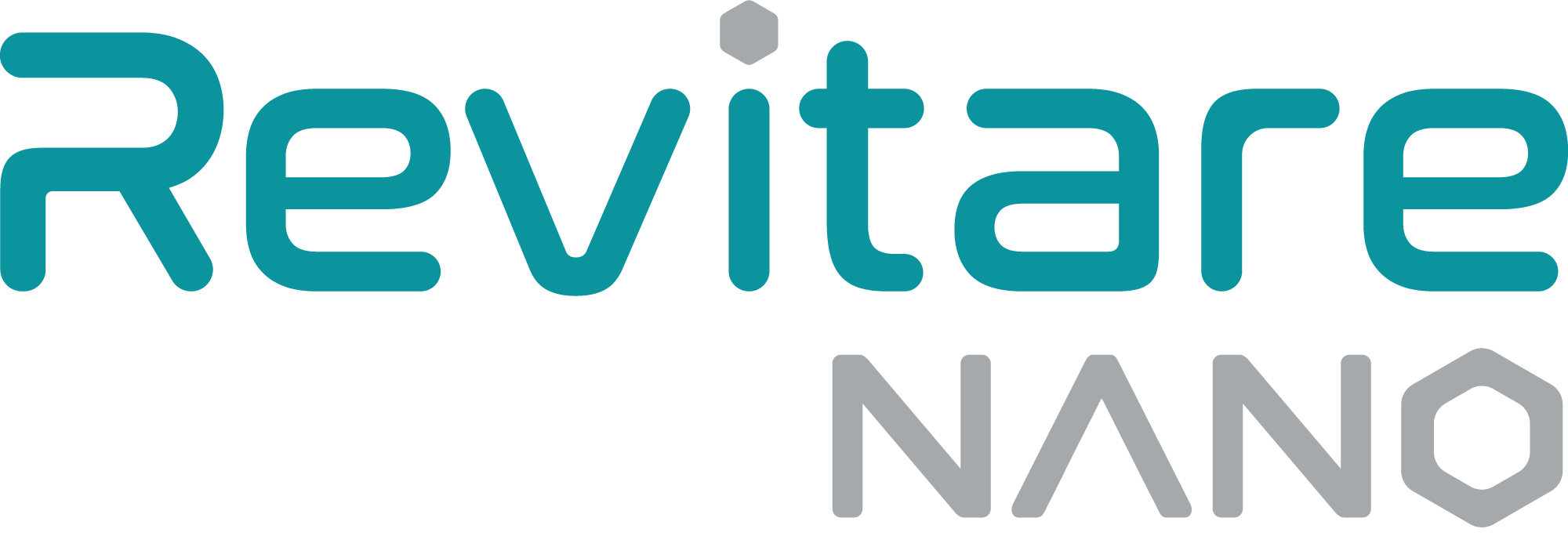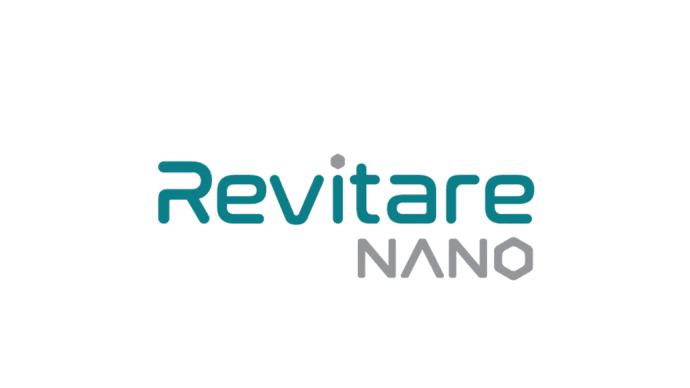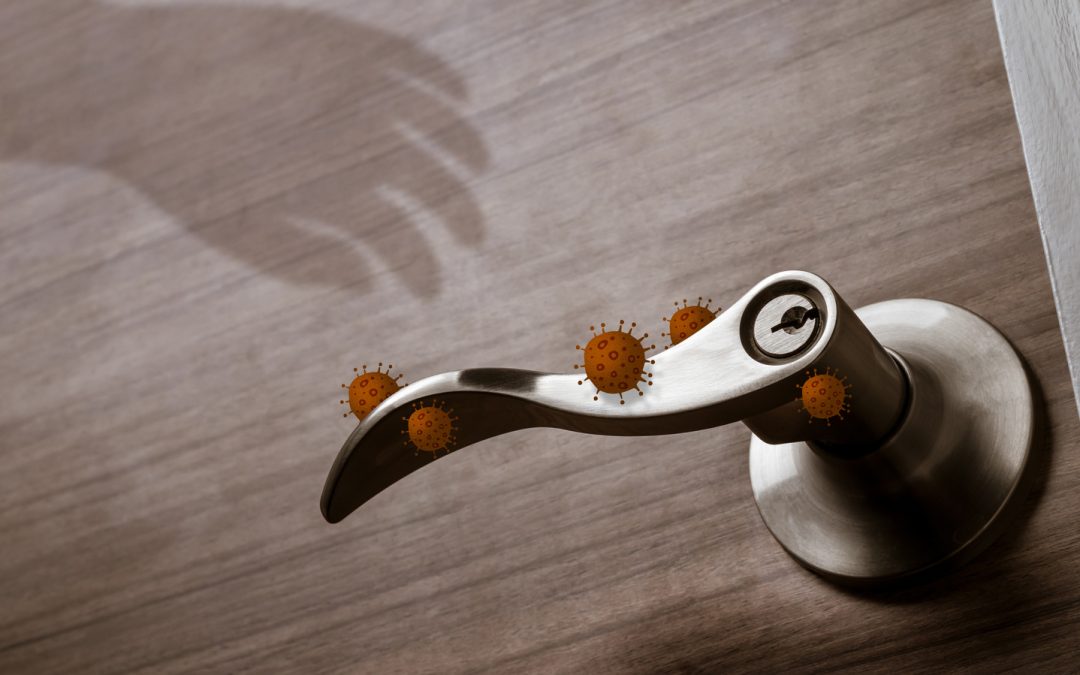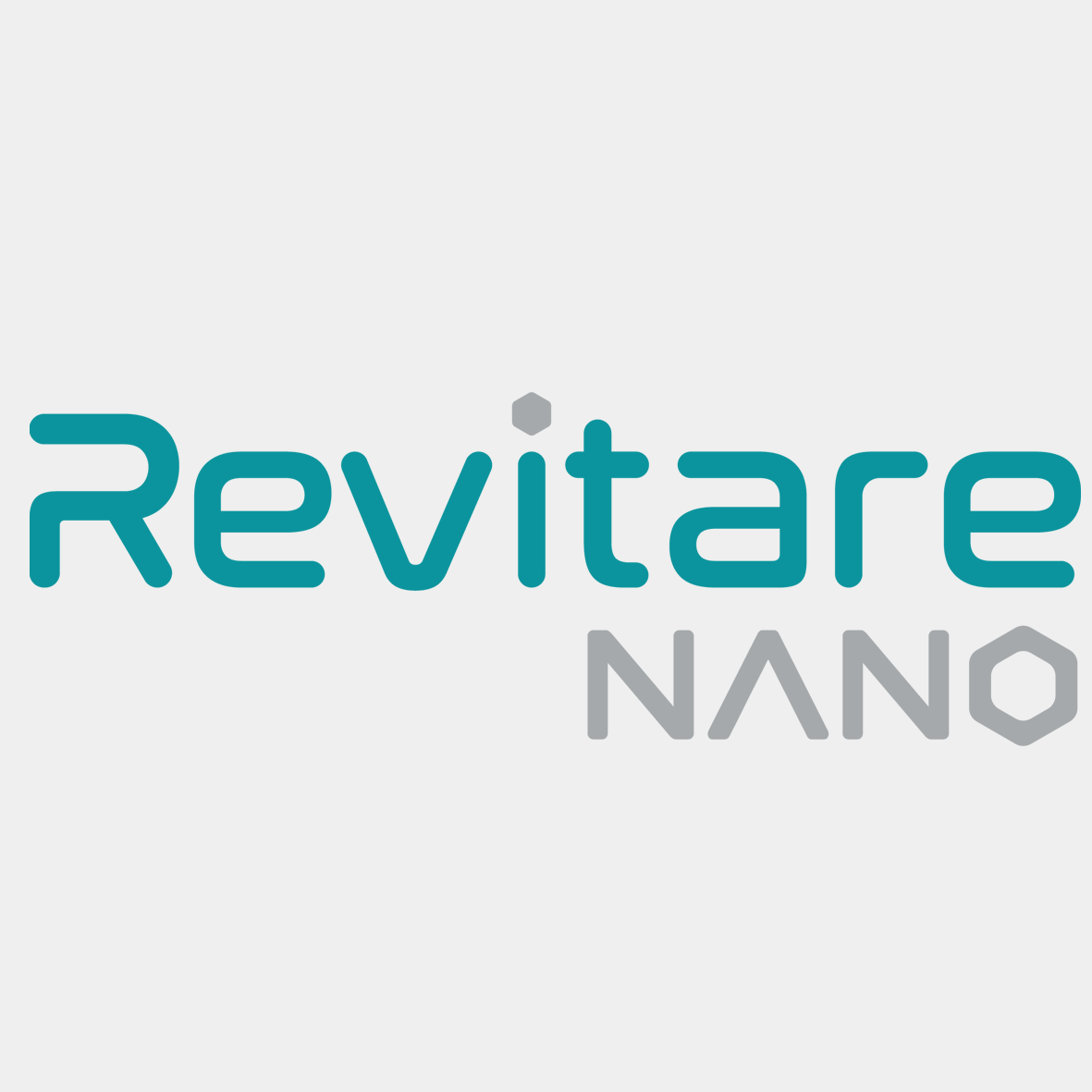In an era marked by continuous health challenges due to the spread of diseases resulting from the proliferation of microbes, scientific research has focused on how to use safe and effective technology to eliminate these microscopic organisms. The goal is to provide a healthy environment free from any pollutants that cause health and life-threatening damages to humans. A microbial-free environment is particularly crucial as infections can spread from person to person through common contact with surfaces loaded with microbes. Scientific studies have proven that one of the main causes of microbial spread is the common contact of various surfaces. This occurs continuously in our daily lives. Among the most promising scientific findings is the use of nano silver, an antimicrobial substance that effectively resists microbial spread, eliminating them within two minutes. Silver ions are known to be safe for human health, making them environmentally friendly and cost-effective.
How Microbes Interact with Surfaces
Due to various environmental factors such as humidity, pollution, and advancements in interior design technology, microscopic organisms have become an integral part of our daily lives. Wherever living organisms exist, microbes are sure to adapt to the environment surrounding the internal surface. Adequate moisture, coupled with nutrient-rich materials, creates a fertile environment for the formation of a microbial community, colonizing this environment from a single microbe to millions. This rapid increase in microbial presence has a negative impact on health. It not only leaves an unpleasant odor on surfaces but also affects the quality and color of the surfaces. Microbial multiplication and spread on different surfaces lead to negative health effects as they contribute to the increased spread of diseases. The interaction of microbes with a surface depends on various factors, including the type of microbe, the chemical nature of the surface, and the moisture acceptance by the microbe’s cell. The higher the surface moisture, the more intimate the microbe’s contact and adherence to it. :Microbes interact with the surface they inhabit in several ways
- attachment to the surface
- reproduction and growth on it
- and spreading across the surface while consuming it
Using Nano Silver Technology for a Healthy and Safe Environment
The indoor environment shines with its health magic when it is completely free from viruses, bacteria, and various pollutants. This is achieved through the use of silver ion technology, which prevents the presence and attachment of microbes and pollutants to the surface. The internal surface remains perfectly clean, free from invisible microorganisms. The surface to be protected is covered with a thin layer of nano silver particles, similar in size to microbial cells. These particles can easily penetrate the microbial cell wall due to their small size, disrupting its functions effectively. The coating is cost-effective, requiring only a small amount of nano material. This protective layer is durable, easy to maintain, and resistant to continuous environmental changes. The effectiveness of silver ions lasts for an extended period, up to a full year. Additionally, silver ions are considered environmentally friendly as they are harmless to health and non-toxic. Places effectively treated with nano particles include healthcare facilities such as
- hospitals, laboratories, medical clinics, and dental clinics
- beauty salons
- childcare centers, schools, universities
- commercial malls, markets
- nursing homes
- restaurants, cafes
- kitchens
: and various indoor spaces like
- floors
- carpets
- door handles
- bathrooms
- kitchens
- glass
- furniture



